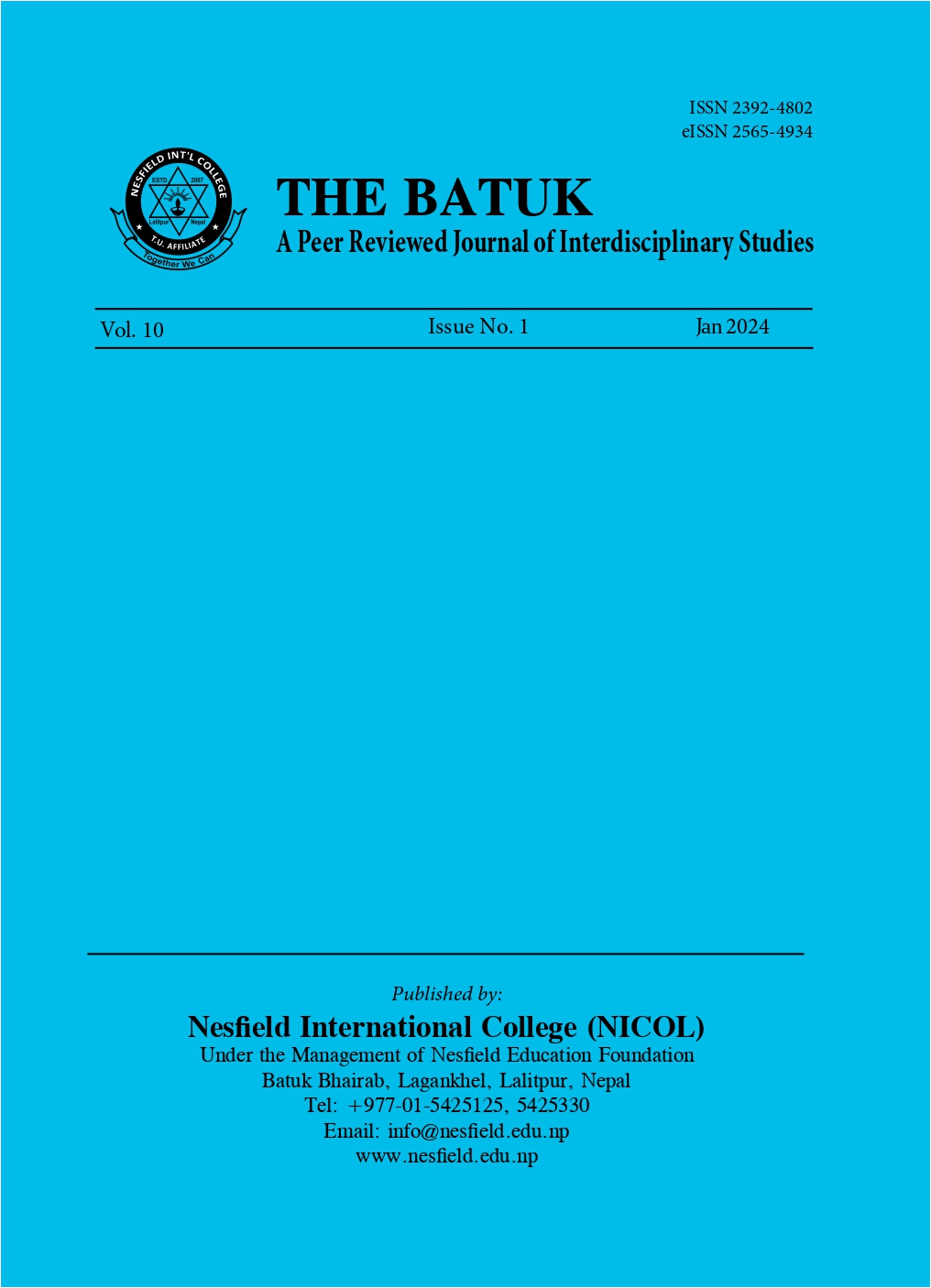Impact of Strategic Human Resource Management Practices on Employee Retention
DOI:
https://doi.org/10.3126/batuk.v10i1.62298Keywords:
strategic human resource management, recruitment and selection, training, performance appraisal, compensation, career managementAbstract
This paper aims to analyze the impact of strategic human resource management (SHRM) practices on employee retention. This study employed a quantitative research approach. Senior-level people including CEOs, DCEOs, general managers, operation in-charges, HR managers, and branch managers of six commercial banks and six insurance companies were requested to respond to a series of questionnaires to collect data. 240 questionnaires were distributed; 167 questionnaires (69.58%) were returned and used for analysis. The results suggest that the banks and insurance companies in Nepal might retain their workforces in part by implementing SHRM practices. Out of five indicators of SHRM practices only three indicators such as recruitment and selection, compensation and benefits, and career management practices have a significant and positive impact on employee retention, whereas two indicators such as training and performance appraisal practices have a negative impact on employee retention. In fact, employee retention is the main problem that Nepalese commercial banks and insurance are facing. This is due to high employee turnover. Therefore, they need to focus on employee retention through the effective application of SHRM practices. They also need to create a cohesive set of employment policies to attract and retain skilled employees.
Downloads
Downloads
Published
How to Cite
Issue
Section
License
Copyright (c) 2024 Nesfield International College

This work is licensed under a Creative Commons Attribution-NonCommercial 4.0 International License.
This license enables reusers to distribute, remix, adapt, and build upon the material in any medium or format for noncommercial purposes only, and only so long as attribution is given to the creator.




